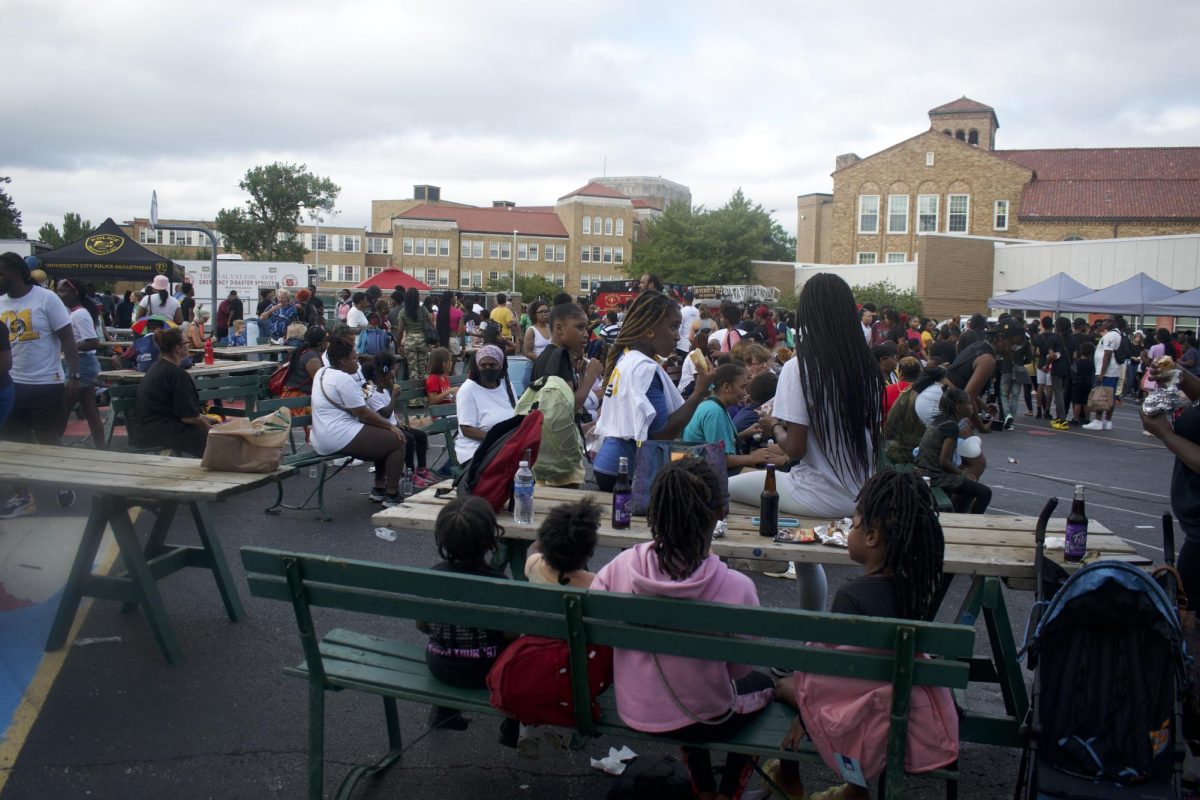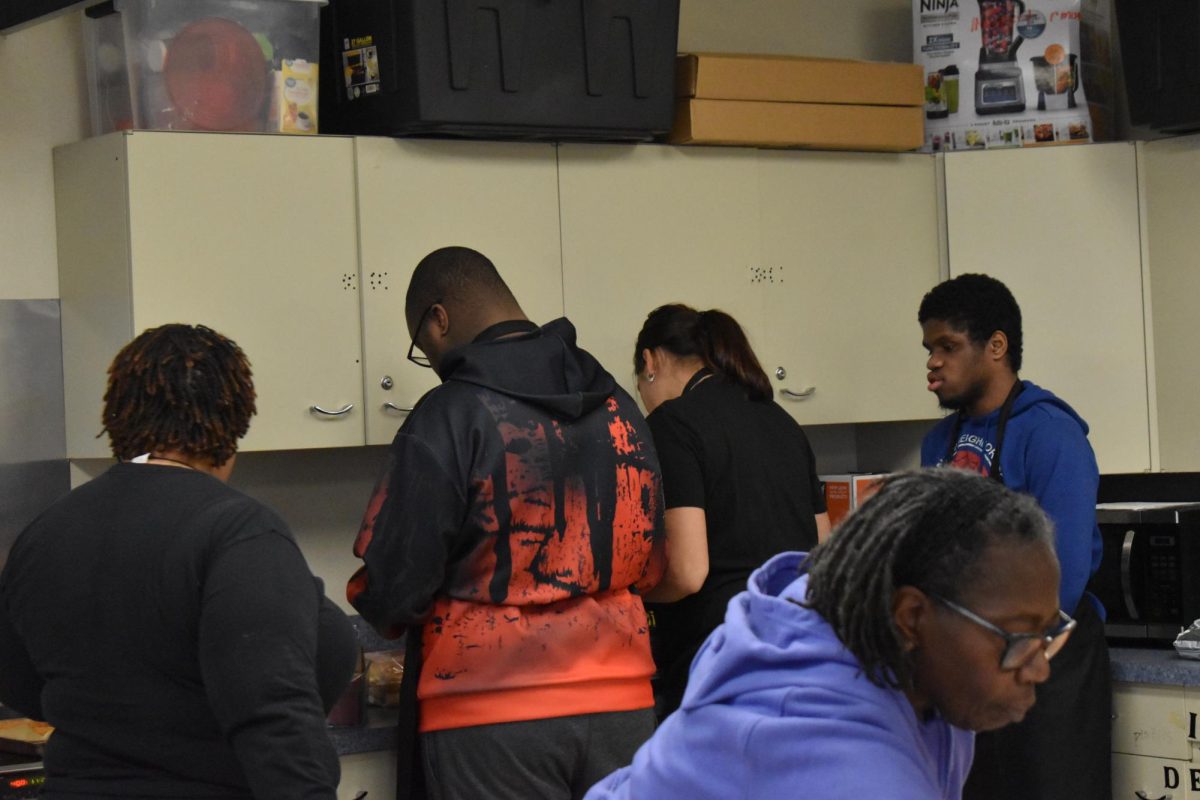Flipping for profit raises prices in thrift stores

November 5, 2021
Just a few years ago, one could go to the local Goodwill and put together an outfit for under $15. Whether it was for sustainability or economic reasons, or even just needing an outfit in a pinch, you could rely on thrift store prices being accessible for nearly everyone. However, as many aspects of our lives have become virtual, so has thrifting in many cases. In the past few years apps like Depop, Poshmark and Mercari have popped up, theoretically allowing people the low prices of thrift stores without leaving their homes. With these apps allowing shoppers to be more selective, they’ve created a new niche: thrift reselling.
Resellers spend hours digging through racks and piles at their local Goodwills, Salvation Armys, Plato’s Closets and any other thrift stores looking for anything they can flip for a profit. Sometimes it’s about finding the diamond in the rough, and other times it’s about smart marketing. While resellers do find the occasional designer piece, it’s not uncommon to find a children’s t-shirt listed as “babydoll tees”, or an old pair of mens jeans as “vintage mom jeans.”
The ethics of thrift reselling have been widely debated, with many people on the “pro” side arguing that everyone has the ability to take advantage of the market, and also that it encourages sustainability by allowing people an alternative to buying brand new clothes. Both of these arguments have an element of truth to them, but there’s also more to it. Although technically most people have access to the reselling apps everyone uses, the people who rely on the low prices of thrift stores usually don’t have several hours of their day to use scouring the racks in hopes of finding something they can make money off of. Instead, they have to deal with the rapidly rising prices.
As far as sustainability goes, thrift reselling does serve as a more environmentally friendly option for people who would usually buy brand new clothes, but it creates a new issue. Lower income people are forced to buy from brands that are even less sustainable than the ones middle and upper class people would generally buy. These brands like Shein sell cheaply made clothing at affordable prices, rivaling those of thrift stores.
At the end of the day, the ethics of thrift reselling will always have a level of nuance, especially in a world that revolves around profit. But when you find yourself at a thrift store, buy what you need or want in a reasonable capacity. Thrifting is for everyone, regardless of income, and moving away from the thrift reselling market will help keep it that way.






































EB • Jan 4, 2022 at 9:48 AM
I completely agree. In the last two years prices have skyrocketed for ordinary people who are not resellers. While I like watching thrifting videos, I generally avoid high volume resellers like the Niche Lady who basically clear off shelves of all the quality stuff for resale, encouraging others to do the same, while leaving slim pickings for regular people to find. Side gig and decor lovers are not the problem, large scale resellers are.